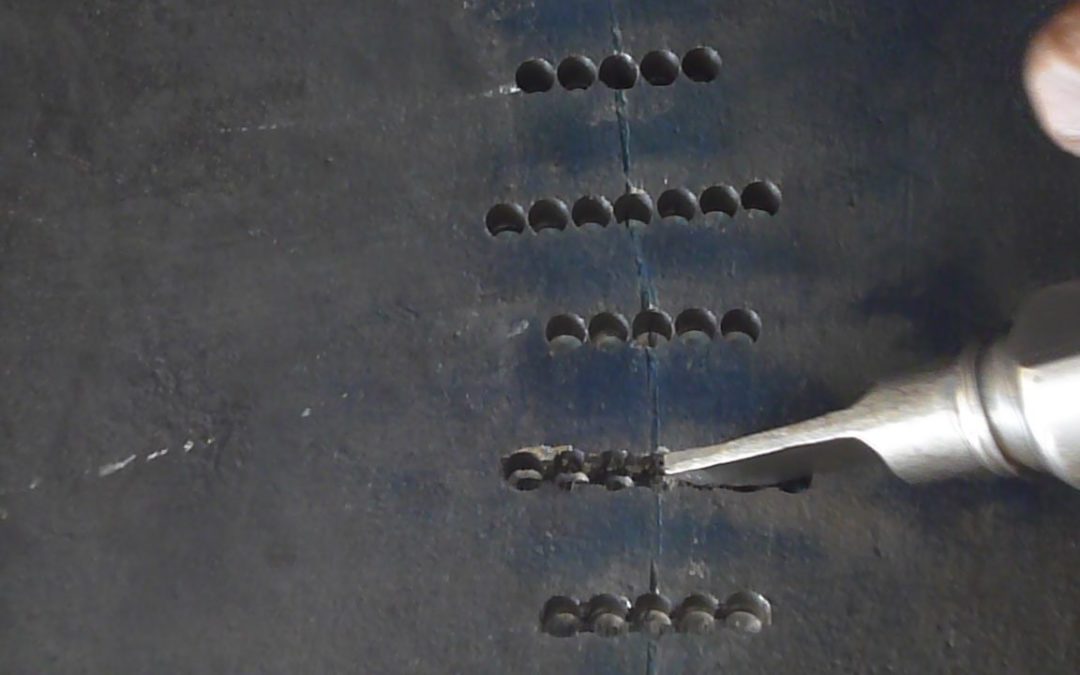A damaged main engine cylinder casing has now been returned to service in Bulgaria, after a repair operation lasting just seven days, saving almost eight months of off-hire time.
The shipowners, faced with an eight-month replacement estimate for the engine, called in local Metalock engineers who worked to perform a full repair. The entire operation took one technician, seven days and was conducted without removal or disassembly of the engine.
Details of the repair have been released by the Metalock International Association (MIA), in a whitepaper, ‘The Benefits of the Metalock Process’, highlighting the loss to shipping caused by unfamiliarity with the Metalock technique.
Many of today’s engineers, says the whitepaper, were simply never taught about metal stitching, and believe their only option to deal with cracked machinery is welding or replacement. Since welding cast iron is at best a sticking plaster approach, owners can be faced with enormous replacement bills and long periods off-hire. A new campaign by MIA now aims to fill the knowledge gap.
“We want to restore a vital missing tool of the Chief Engineers’ toolbox” says Andre Mortimer, President, of the Metalock International Association, which has member companies in over 70 countries. “Between 70 and 90% of Metalock repairs by our members are done over previous welding attempts. Welding is notoriously fragile on cast iron – stitching the metal is the most effective, long term solution.”
“Metalock has been an established technique dating back to the second world war, but we now have a lost generation of Engineers who received little or no training on the procedure. The technique offers the ability to repair the cast components of machinery without removal, disassembly and repairs can be conducted even while at sea.” continues Mortimer.
The Metalock metal stitching procedure, is often recognised by Class Societies for permanent repairs in these areas, and has been in use since the 1940s. The procedure requires easily transportable equipment and can be completed within a few days and in some cases hours. The finished repairs can achieve up to 90% of the strength of the original metal piece and since no hot work is involved, repairs can be made to machinery without removal and without concern for the presence of flammable or explosive materials.
Publication of the whitepaper coincides with an educational campaign aimed at Engineers and ship owners. MIA is also keen to stress that not all companies offering the technique have Association membership or certification.
“Like any repair technique, there are many wrong ways to do it.
“The training provided by MIA is thorough, and our members share knowledge continually through our seminars and conferences. We would recommend only approaching a member company.
“Engineers and owners can save a great deal of wasted time and money by bringing their understanding of the technique up to speed. Machinery breakages don’t happen every day, but everyone should know their options for the day they do”, concluded Mortimer.
The full whitepaper, ‘The Benefits of the Metalock Process’, is available for download from the Metalock International Association website by clicking here.

